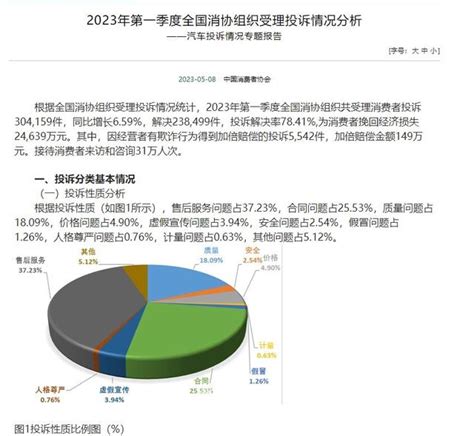what are the current complaints in china ,China reports 5.4% GDP growth but ana,what are the current complaints in china, Protests driven by financial grievances in China saw a steep increase in the months before Donald Trump’s return to power set off a trade war with Beijing that now . الإعلان وسيلة دعم للموقع عند الضغط عليه ومحتواه عشوائي لا يمثلنا. يحتوي الموقع على أكثر من 13000 مقطع و مصحف هو الأفضل إلكترونيا وامكانية طباعة المصحف أيضا.

China, one of the world’s largest and most influential economies, is facing a confluence of domestic and international challenges that threaten its economic stability, social harmony, and political cohesion. While the ongoing trade war with the United States garners much attention internationally, there is a deeper, more pressing issue unfolding within China’s borders—one that could significantly affect the ruling Communist Party’s grip on power. As economic protests spike, tariffs increase, and dissatisfaction spreads across various sectors, China is experiencing a series of complaints and unrest that are likely to have long-term implications for both its economy and political landscape.
# 1. Domestic Unrest and Economic Challenges: A Double Whammy for China’s Government
As China grapples with escalating tariffs from the United States, it’s not just the trade war that is worrying the government. According to the *China Dissent Monitor* report by Freedom House, domestic issues are emerging as the real challenge. Protests and dissent are on the rise, driven by discontent with local governance, economic stagnation, and a growing sense of inequality among various social and economic groups.
China’s economy, once a symbol of rapid growth and prosperity, is beginning to show signs of strain. The country’s reported 5.4% GDP growth in recent years, while still relatively high by global standards, has disappointed many analysts who expected China’s economy to grow at a faster pace. This slower-than-expected economic expansion has left the Chinese government scrambling to address the widening gap between rich and poor, as well as the frustrations of those feeling left behind in a system that has long prioritized economic development over social welfare.
The trade war with the United States, initiated by former President Donald Trump and continued under President Joe Biden, is exacerbating these issues. As tariffs increase and global trade tensions mount, China's economy is facing increasing pressure, especially in manufacturing and export sectors that have long been central to its economic growth. But it is the mounting domestic dissatisfaction that is becoming a bigger concern for the Chinese Communist Party (CCP), which has relied on economic success to maintain its legitimacy.
# 2. Economic Protests and Rising Discontent
In recent months, economic protests in China have surged to record levels. These protests, often led by workers, students, and frustrated entrepreneurs, are a direct response to economic hardships, including job losses, wage stagnation, and inflation. Many of these protests are focused on local issues—such as unpaid wages, pension cuts, or mismanagement of government funds—but they are also increasingly tied to broader issues such as corruption, inequality, and the lack of political freedoms.
The Chinese government has typically responded to these protests with a combination of heavy-handed repression and attempts to placate the population with economic incentives. However, this approach may not be enough to quell the rising discontent, especially in the face of worsening economic conditions. In some cases, local authorities have tried to silence protests using digital surveillance, social media censorship, and even physical crackdowns. Despite these efforts, many protests continue to surface, and their frequency and scale seem to be growing.
# 3. The Impact of Tariffs on China’s Economy
The tariffs imposed by the United States, particularly the punitive 25% tariffs on Chinese goods, have had a significant impact on China’s economy. Despite efforts to negotiate with the U.S. administration, the tariffs remain in place, and China has filed a new complaint to the World Trade Organization (WTO) over these trade restrictions. The complaint claims that the U.S. tariffs violate international trade agreements and have caused significant harm to Chinese businesses.
China's response to the tariffs has been a mixture of defiance and retaliation. The government has consistently argued that the tariffs are "unreasonable" and that China will not back down from defending its interests. However, as the tariffs continue to bite, analysts warn that they could further drag down China’s economic growth. The manufacturing sector, which is highly dependent on exports, has been hit hard by reduced demand from the U.S. and other Western markets, leading to layoffs and plant closures in some regions.
Moreover, as the U.S. has shifted its focus from trade deficits to intellectual property concerns, China has had to adapt to new regulatory pressures, particularly in the technology sector. The rise of global tensions has also led to disruptions in supply chains, as foreign companies increasingly seek to diversify their operations outside of China to mitigate the risks of relying on a single market.

what are the current complaints in china Balso par Latvijas Gada Auto 2022. Draugiem. BALSO UN LAIMĒ Škoda Enyaq IV, vai Cupra Formentor, vai Hyundai Ioniq5 vai Citroen C4 uz nedēļas nogali ar pilnu degvielas tvertni.
what are the current complaints in china - China reports 5.4% GDP growth but ana